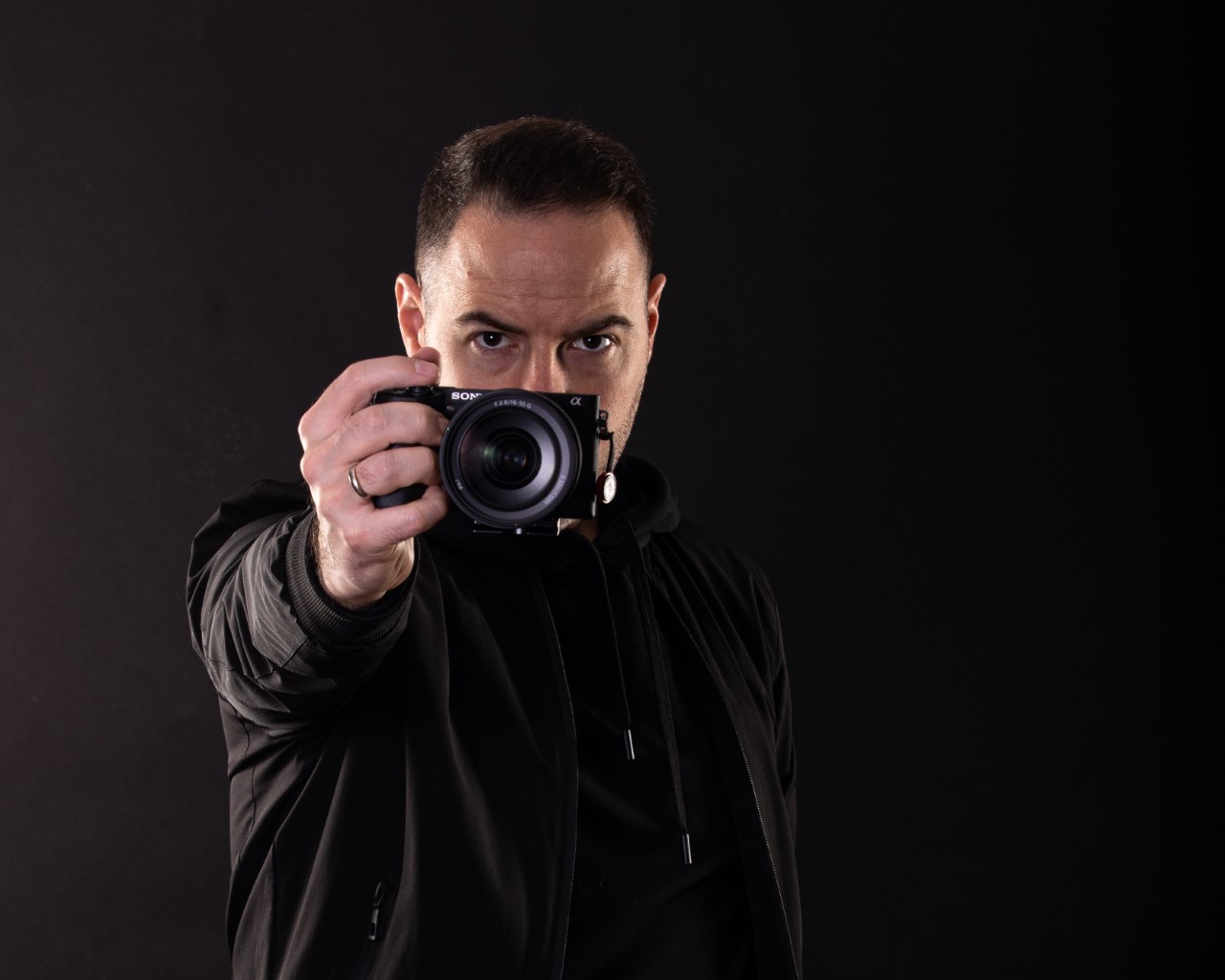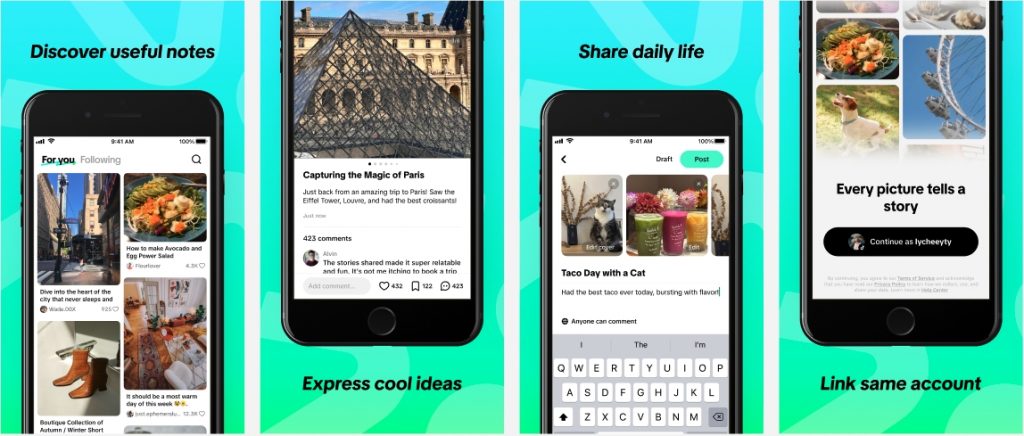According to digital marketing experts, 2022 will be the year of video on social media. Yet many companies continue to watch the TikTok caravan go by, telling themselves they’re “not ready” to do video or that it’s only for young people. In doing so, they are depriving themselves of a formidable vehicle, warns consultant Francis Jette. Interview.
Isarta Infos: If we go by the trends in digital marketing announced for 2022, this training is just in time!
Francis Jette: Indeed! Video will be very important on social media in the next year. On one hand, the big boss of Instagram has announced that his platform will no longer be just a “photo sharing app”… YouTube and TikTok are more popular than ever.
Also, when you look at digital marketing trends, one of the content formats that works best is what is called UGC (User Generated Content). This is content created by consumers and then repurposed by businesses on their accounts. People get hooked on this content because they feel like it was produced by a friend or family member.
Another popular type of content right now is live video content. All platforms allow for this: YouTube, Instagram, Facebook, TikTok, LinkedIn, Reddit… You can use live to give a webinar or host a live store – someone showing off products that you can then select from in Facebook Shop, another trend that’s gaining popularity.
So, there are many reasons to get into video! And yet, many executives and marketing teams are still reluctant… On LinkedIn, the content is still mostly text-based. How do you explain this situation?
F.J.: There are still people who think that to produce a quality video, you have to do it with a production agency. I admit I’m a perfectionist, so I understand the block that some people may have to film themselves.
However, you have to understand that video content doesn’t have to be perfect. We shouldn’t get caught in the obsession with quality at all costs. TikTok’s popularity proves that authentic content, filmed and edited with a cellphone, right on the platform, works great. In a way, the content is more important than the container.
Who is your training for?
F.J.: The training is for those who have never done video before and want to understand what it entails, as well as those who have already started integrating video content into their social strategy, but would like to get up to speed on the best practices and discover the most effective video formats.
During the training, do you focus more on the technical or strategic aspect of video content production?
F.J.: In terms of training content, we cover all the stages of video, including the strategic aspect. I talk about the tools, I give content ideas, I talk about the narrative, then how to produce the video content to maximize performance, then how to promote it on multiple platforms. It’s very hands-on.
For example, we’re going to cover the different formats and specifications of the different platforms, in terms of length and then framing.
It used to be that each platform had its own DNA – Facebook was friendly and unpretentious, LinkedIn very serious and professional. Now there seems to be a lot of fluidity between platforms?
F.J.: Formats are becoming more and more similar across platforms, so there are ways to monetize your content by distributing it on more than one platform. Short videos and live streams are possible on Facebook, Instagram, TikTok, YouTube and LinkedIn as well.
Ultimately, the goal is the same on all platforms: you want the person who discovers your video to listen to it all the way through and interact with it. It seems like on TikTok, you have to dance around pointing to text like in trends…. But there is educational content and tutorials that work very well. The best way to get engagement is to be authentic and put forward what makes us unique.
Video is useful for showcasing your products and services. But it could also be useful for recruiting, right? Do you address this issue in training?
F.J.: Yes! When I talk about the business objectives of creating content on social media, I include recruiting, which is a business objective in itself – you’re promoting your employer brand or promoting a position. Marketing’s best practices apply to recruitment. And we’ll cover video content on LinkedIn.




